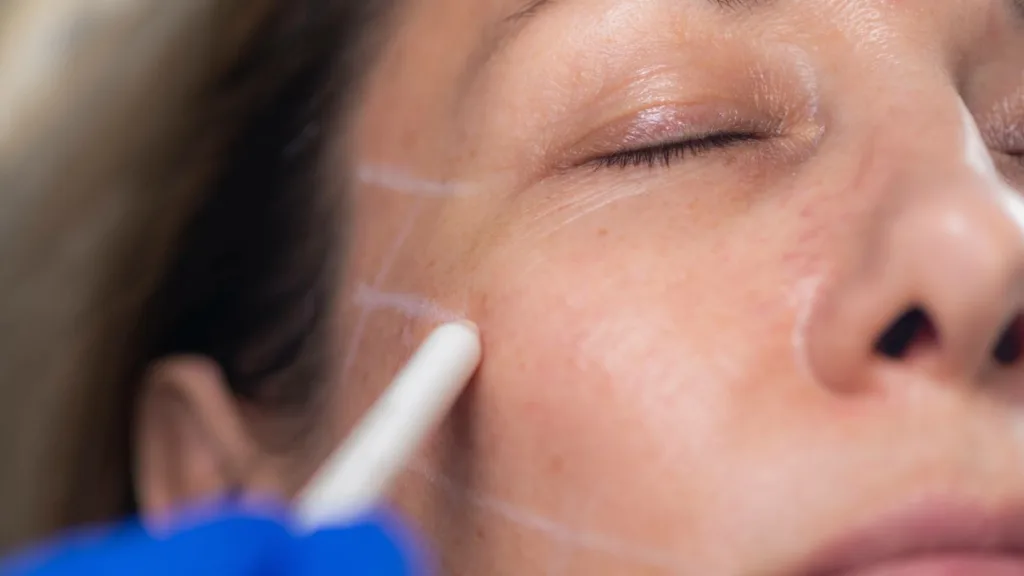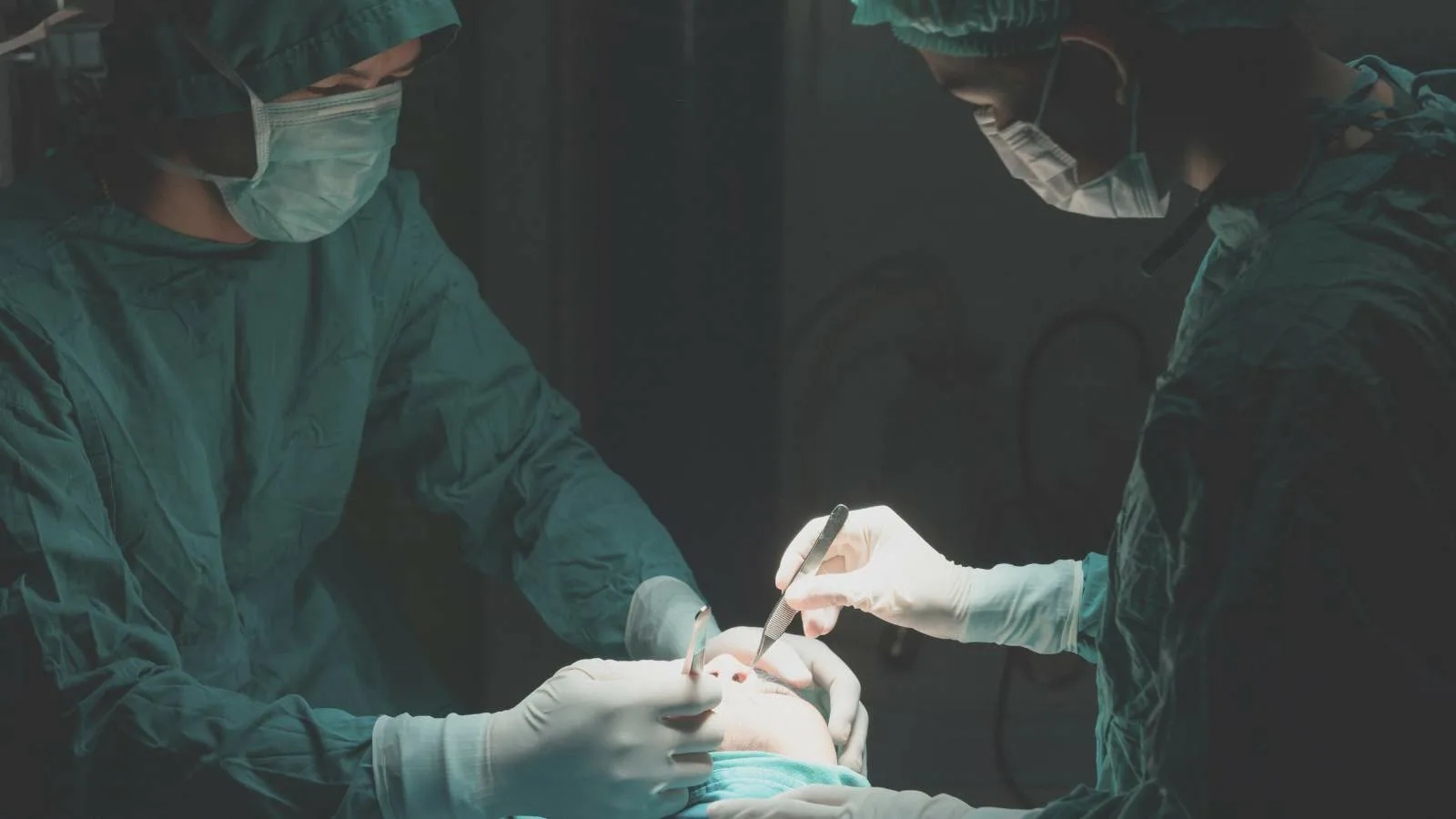In the United States, facelift surgery is a high-end cosmetic procedure that varies in cost depending on whether it’s a full facelift, mid-face lift, or lower facelift. With doubled rates, patients can expect to pay between $18,000 and $36,000 USD. Premier clinics in Beverly Hills, New York, and Miami often reach the higher end of this spectrum due to surgeon expertise, anesthesiology fees, and state-of-the-art facilities. Additional costs may apply for combining the facelift with procedures like eyelid or neck surgery.
In the United Kingdom, the cost for a facelift through private clinics ranges from £12,000 to £22,000, particularly in cities like London or Manchester. These packages usually include pre-operative assessments, hospital stay, anesthesia, and limited follow-up. The NHS does not cover facelifts, as they are considered purely cosmetic, unless associated with congenital or trauma-related deformities.
In Australia, facelift prices typically fall between AUD 22,000 and AUD 36,000, depending on the extent of the procedure, hospital fees, and location. Major cities like Sydney, Melbourne, and Brisbane offer a range of premium cosmetic services. In Canada, the cost in private clinics ranges between CAD 18,000 and CAD 32,000, especially in Toronto, Vancouver, or Montreal. Public healthcare systems do not cover facelifts, so all cosmetic cases are fully self-funded, with options for financing or installment plans in some clinics.
How Do the Surgeon’s Experience and Expertise Affect the Cost of a Facelift Surgery?
In facelift surgeries, the surgeon’s experience and expertise are critical factors that directly impact both the success of the procedure and its cost. Over the years, experienced plastic surgeons develop significant competence in reducing the risk of complications and achieving natural, balanced results. The primary reason experienced surgeons may charge higher fees is the reliability and success their expertise provides.
A surgeon’s experience in facelift surgeries is generally measured by their educational background and involvement in professional events. Presenting at international congresses, mastering innovative techniques, and maintaining continuous professional development are factors that reinforce a surgeon’s success. Additionally, the number of operations performed and the level of patient satisfaction further determine the surgeon’s level of expertise.
Because experienced surgeons are more likely to achieve technically and aesthetically superior results, they are preferred. For example, ensuring that the skin and underlying tissues are restructured to maintain a natural appearance can only be performed by a surgeon specialized in this field. Although this level of expertise may increase the cost of the surgery, it significantly enhances the patient’s long-term satisfaction.
How Does the Location of the Clinic or Hospital Impact Facelift Prices?
Facelift surgery costs are directly influenced by the location of the clinic or hospital where the procedure will be performed. Health facilities located in major cities or prestigious areas generally have higher costs. The main reason for this is that living and operating expenses tend to be higher in these regions. For instance, rents, staff salaries, and other operating expenses rise in larger cities, and these costs are reflected in the total healthcare fees, thus increasing surgery prices.
The services offered by clinics and hospitals in prestigious areas also affect costs. Such facilities typically provide more modern medical equipment, luxurious patient rooms, and top-level patient care services. While these amenities are intended to improve patient comfort, they also add to the surgery’s overall cost.
Additionally, high demand for aesthetic surgery in major cities can drive up prices. However, increased competition in these areas may sometimes balance out costs. On the other hand, patients traveling from another city for surgery may face extra expenses such as travel and accommodation, raising the total treatment cost. The region’s economic conditions can also influence pricing. In areas with high economic prosperity, prices are generally higher. Factors such as inflation rates and exchange rates also directly shape costs.
| Facelift Cost by Country (€) | |
| United States | 18,000 – 36,000 |
| United Kingdom | 16,000 – 32,000 |
| Canada | 14,000 – 28,000 |
| Australia | 14,000 – 28,000 |
| Germany | 14,000 – 28,000 |
| France | 12,000 – 24,000 |
| Spain | 10,000 – 20,000 |
| Italy | 10,000 – 20,000 |
| Netherlands | 9,000 – 24,000 |
| Austria | 9,400 – 13,160 |
| Turkey | 6,000 – 6,500 |
How Do the Techniques and Technologies Used Affect the Cost of Facelift Surgery?
The techniques and technologies used in facelift surgeries vary according to patients’ needs and expectations. Each method affects the scope, duration, and complexity of the operation, playing an essential role in determining the cost. A traditional facelift involves removing excess skin through extensive incisions and tightening deep tissues. Because this method is comprehensive, the surgery and recovery period are longer, which usually translates into higher costs.
A mini facelift, on the other hand, is performed through smaller incisions and offers a shorter recovery period. For patients with mild sagging, this method is ideal, and it is generally more affordable due to the simplicity of the surgical process. An endoscopic facelift is performed using small incisions and an endoscope, making it a minimally invasive technique. However, the special equipment required and the surgeon’s experience in this area may increase the cost.
The SMAS technique targets the muscles and connective tissues beneath the skin to produce long-lasting, natural results. This method’s detailed nature and the surgical expertise required can drive up prices. Conversely, non-surgical facelift methods using technologies like lasers, ultrasound, and radiofrequency are generally more economical due to the absence of a surgical intervention. However, the effectiveness and longevity of these methods may differ compared to surgical techniques.
How Do the Type of Anesthesia and Additional Procedures Affect Facelift Surgery Costs?
In facelift surgeries, the type of anesthesia and any additional procedures are among the most important factors determining cost. The choice of anesthesia depends on the scope and complexity of the operation. General anesthesia, in which the patient is completely unconscious, is preferred for more complex and longer surgeries. This method requires an anesthesiologist, additional equipment, and more prolonged hospital care, thereby increasing costs. Moreover, the recovery period after general anesthesia can be longer, potentially adding extra expenses.
Local anesthesia, which numbs only the surgical area, is used for simpler and shorter procedures. It is more cost-effective compared to general anesthesia, but the patient remains conscious, which can cause some discomfort. Sedation anesthesia, combined with local anesthesia, helps the patient relax. Although it is less expensive than general anesthesia, it generally provides a faster recovery period.
Additional procedures significantly impact the cost of facelift surgeries. Neck lifts, brow lifts, or eyelid surgeries increase the duration and complexity of the operation, raising the total cost. Likewise, the quality of materials used, technological innovations, and the surgeon’s level of expertise all directly affect pricing.
How Do the Patient’s Individual Characteristics and Expectations Affect Prices?
Facelift surgery costs are determined by the patient’s individual characteristics and aesthetic expectations. First, the patient’s age and skin elasticity directly influence the scope of the surgery and the techniques used. Younger patients with higher skin elasticity may require less invasive methods, while older patients with reduced elasticity may need more extensive surgical interventions. This can increase both the operation’s duration and the cost.
The degree of sagging and wrinkles on the face is also an essential determinant. While mild sagging can be corrected with minimally invasive methods, more pronounced deformities may require more comprehensive surgical procedures. For example, treating only the mid-face area will be less expensive than an operation covering the entire face and neck.
The patient’s aesthetic expectations also play a critical role in pricing. Some patients prefer natural and minimal changes, while others may desire more dramatic results. More extensive demands involve longer and more complex procedures, increasing costs. Additionally, requesting other procedures, such as a brow lift or eyelid surgery, alongside a facelift can extend the surgery’s duration, increase the variety of techniques used, and ultimately affect the total cost.

Op. Dr. Erman Ak is an internationally experienced specialist known for facial, breast, and body contouring surgeries in the field of aesthetic surgery. With his natural result–oriented surgical philosophy, modern techniques, and artistic vision, he is among the leading names in aesthetic surgery in Türkiye. A graduate of Hacettepe University Faculty of Medicine, Dr. Ak completed his residency at the Istanbul University Çapa Faculty of Medicine, Department of Plastic, Reconstructive and Aesthetic Surgery.
During his training, he received advanced microsurgery education from Prof. Dr. Fu Chan Wei at the Taiwan Chang Gung Memorial Hospital and was awarded the European Aesthetic Plastic Surgery Qualification by the European Board of Plastic Surgery (EBOPRAS). He also conducted advanced studies on facial and breast aesthetics as an ISAPS fellow at the Villa Bella Clinic (Italy) with Prof. Dr. Giovanni and Chiara Botti.
Op. Dr. Erman Ak approaches aesthetic surgery as a personalized art, tailoring each patient’s treatment according to facial proportions, skin structure, and natural aesthetic harmony. His expertise includes deep-plane face and neck lift, lip lift, buccal fat removal (bichectomy), breast augmentation and lifting, abdominoplasty, liposuction, BBL, and mommy makeover. He currently provides safe, natural, and holistic aesthetic treatments using modern techniques in his private clinic in Istanbul.









